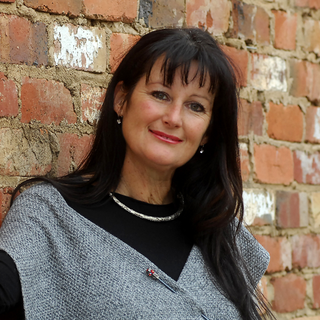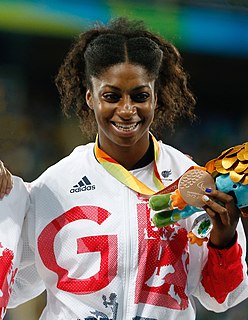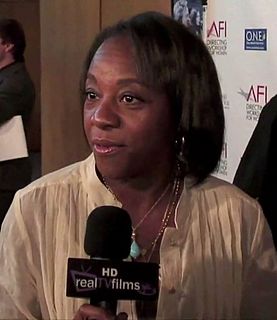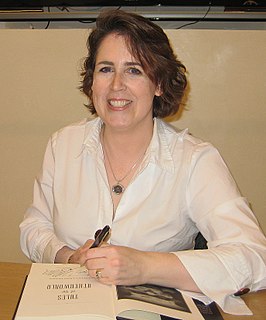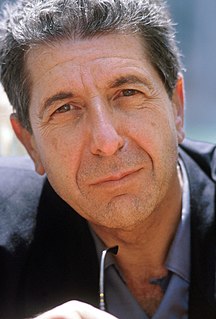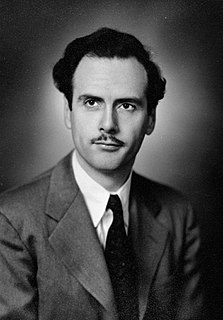A Quote by Walter J. Phillips
A beautiful feature in the colour wood-cut, and one unique in printing, is colour gradation... Two brushes are sometimes used, one charged with more potent colour than the other. Line blocks are nearly always printed with some variation of tone, and often in colour too.
Related Quotes
The prejudice many photographers have against colour photography comes from not thinking of colour as form. You can say things with colour that can't be said in black and white... Those who say that colour will eventually replace black and white are talking nonsense. The two do not compete with each other. They are different means to different ends.
Colour, as the strange and magnificent expression of the inscrutable spectrum of Eternity, is beautiful and important to me as a painter; I use it to enrich the canvas and to probe more deeply into the object. Colour also decided, to a certain extent, my spiritual outlook, but it is subordinated to life, and above all, to the treatment of form. Too much emphasis on colour at the expense of form and space would make a double manifestation of itself on the canvas, and this would verge on craft work.
There needs to be more film directors of colour. They bandy about the word 'diversity' a lot, but when I say 'of colour,' I mean Asian, black - I mean people of all colour. We need to have those voices given the opportunity, not told that their films will not be distributed or will not sell well abroad.



